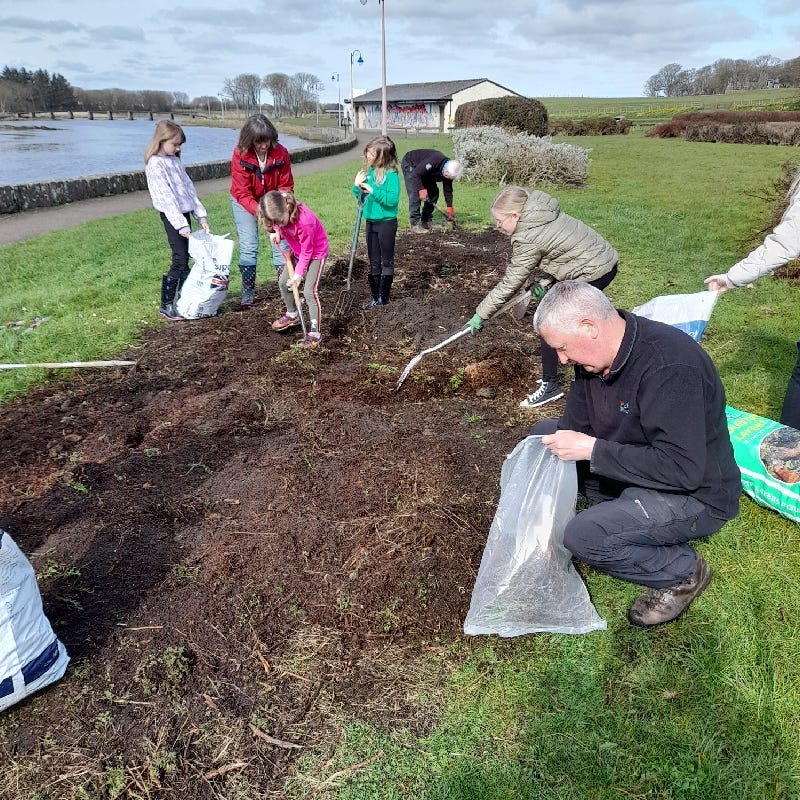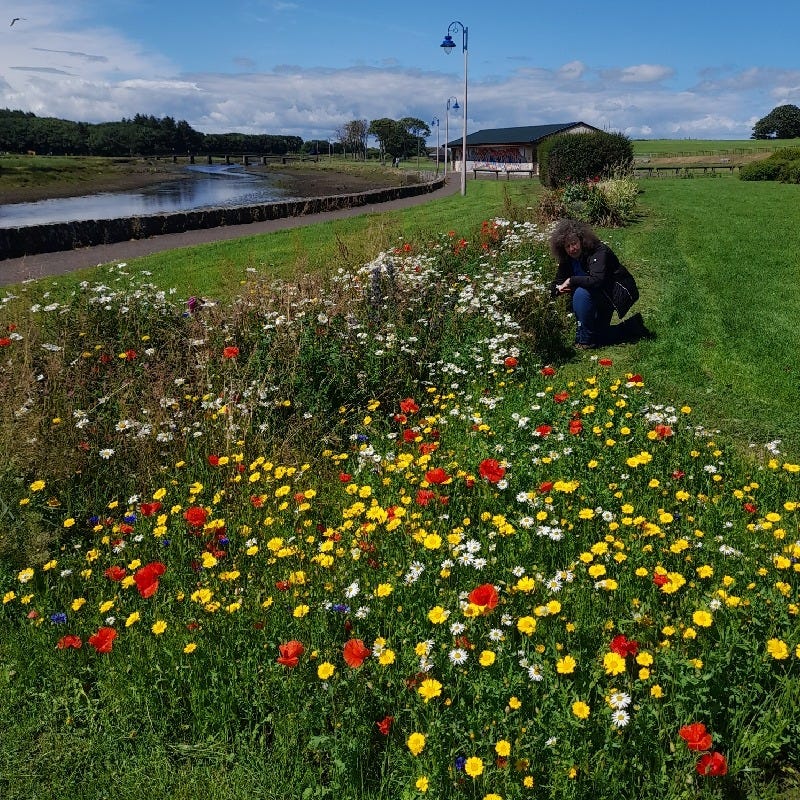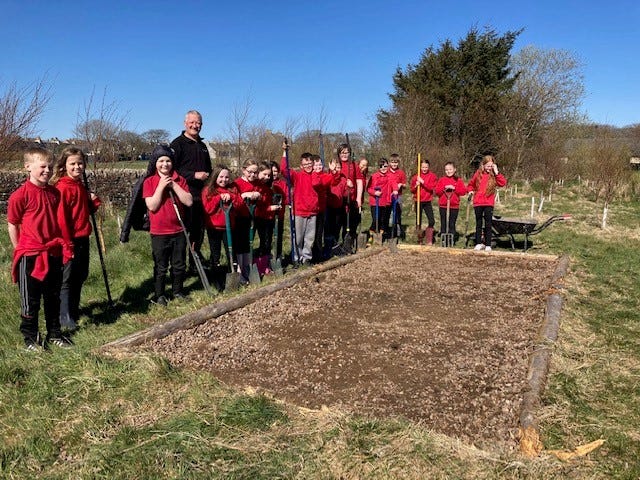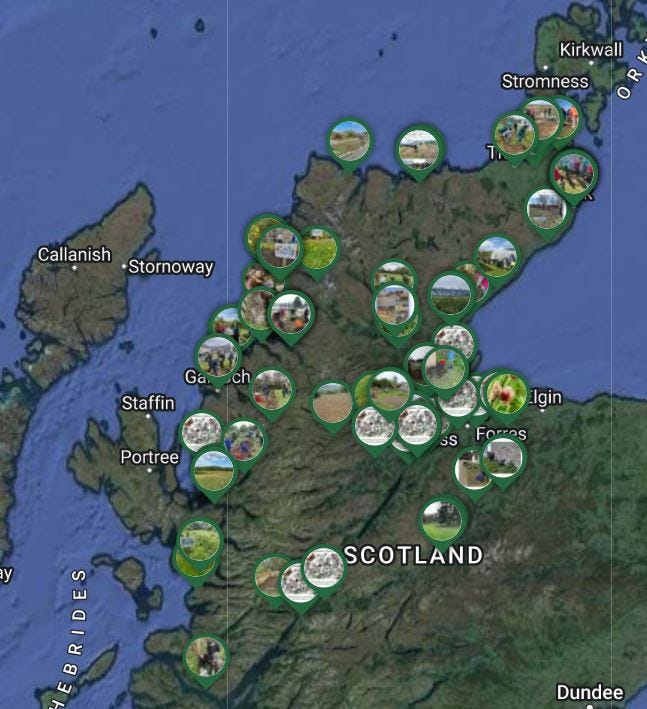Blooming Together: The Highland Wildflower Meadow Mosaic Project
Imogen takes a look back at the success of the wildflower patches and sees how they are getting on in year two
As the natural world faces increasing pressures, community-driven conservation initiatives offer significant opportunity to make a genuine difference. The Highland Wildflower Meadow Mosaic Project, spearheaded by the High Life Highland Countryside Rangers, is a shining example of how local efforts can make a significant impact. Ahead of the upcoming Scottish Pollinator Conference on June 19th, where I'll be discussing this project in detail, I wanted to share a sneak peek into our journey and achievements in this ongoing effort.
Bringing Meadows Back to Life a patch at a time
The Highland Wildflower Meadow Mosaic Project was born out of a simple yet powerful idea: to create a network of wildflower mini-meadows across the Highlands, revitalising the landscape and providing crucial habitats for pollinators. Thanks to funding from the Nature Restoration Fund, donations from our supporters and the incredible dedication of our community volunteers, this vision has blossomed into a reality.
We drew inspiration from a pivotal study conducted by researchers at the University of Sussex, which demonstrated the profound impact of small-scale wildflower meadows on pollinator populations and biodiversity. This study, led by Janine Griffiths-Lee, Dr. Beth Nicholls, and Professor Dave Goulson, involved citizen scientists across the UK who created mini-meadows in their gardens and allotments using commercially available seed mixes. Despite occupying just 4m², these mini-meadows supported significantly higher numbers of bumblebees, solitary bees, and solitary wasps compared to control plots. The findings, published in the Journal of Insect Conservation, highlighted that even small patches of wildflowers can dramatically boost insect abundance and diversity. Inspired by these results, our project aimed to replicate and expand these benefits across the Highlands, proving that effective conservation doesn't require vast spaces—just community effort and a commitment to nurturing biodiversity.
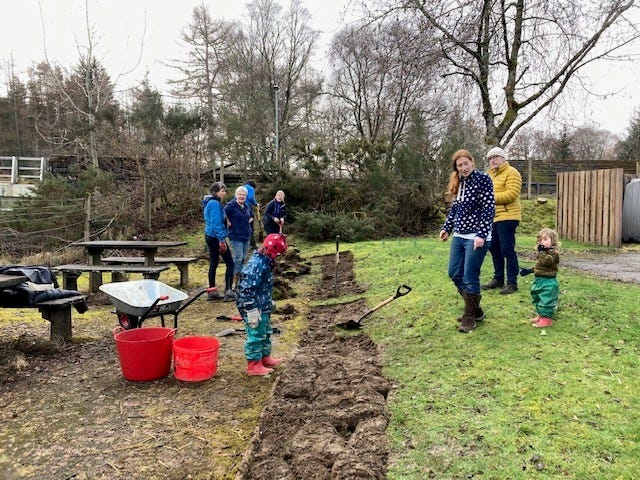
From our Meadow Mosaic project's inception, we aimed to support community volunteers in creating and maintaining these meadows. Initially targeting the creation of 30-40 meadows, the overwhelming community response to our local rangers call to action, led to the establishment of over 60 vibrant wildflower habitats. This enthusiastic participation demonstrates the deep-rooted desire within our communities to protect and nurture our natural environment.
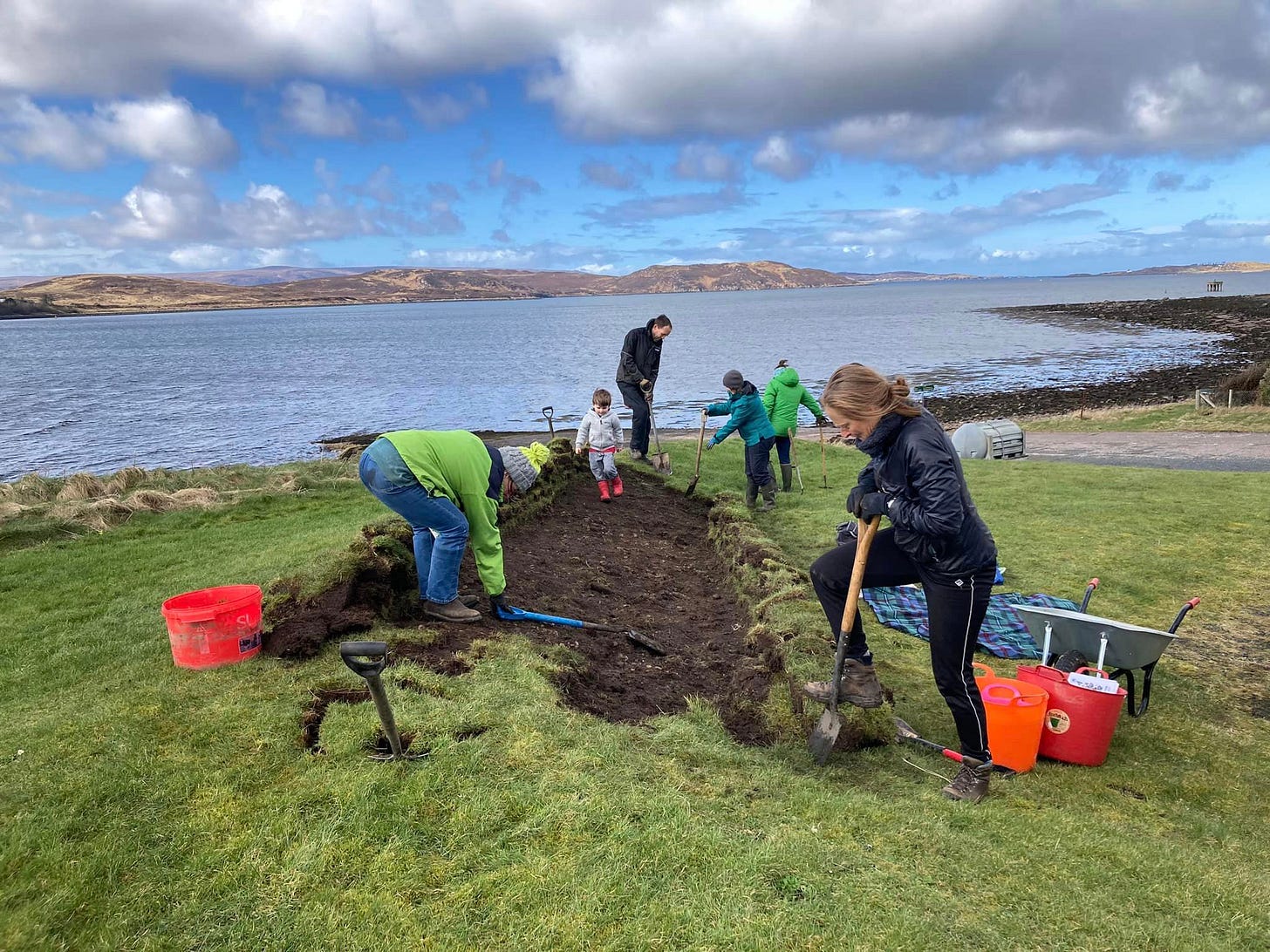
A Journey Rooted in Community
At the heart of the Highland Wildflower Meadow Mosaic Project lies community engagement. Over 1,000 individuals have been involved in some shape or form, with 643 volunteers directly participating in meadow creation and maintenance. Social media played a pivotal role as well, with over 6,000 engagements highlighting widespread support and interest in what this project was achieving along the way. This cheerleading is really important to us and our work, so thank-you to all of our advocates.
The project kicked off with a pilot along the Wick River in June 2022. This initial phase provided valuable insights that informed the broader rollout in 2023 across the Highland region. By tapping into local knowledge and enthusiasm, we were able to identify suitable sites and tailor our approach to meet the unique needs of each community.
Methodology: A Blend of Tradition and Innovation
Creating these wildflower meadow patches has involved a blend of traditional conservation techniques and innovative approaches.
Site preparations varied based on site-specific conditions. Techniques included seasonal cutting restrictions, supplementary planting, topsoil removal, and seeding with locally appropriate wildflower mixes - chosen carefully by the team to maximise forage for pollinators in their varied areas. Informative signage and community workshops raised awareness about the ecological importance of wildflowers. Additionally, partnerships with third-sector organisations and local groups provided the necessary support and volunteer resources, ensuring long-term sustainability of the meadows.
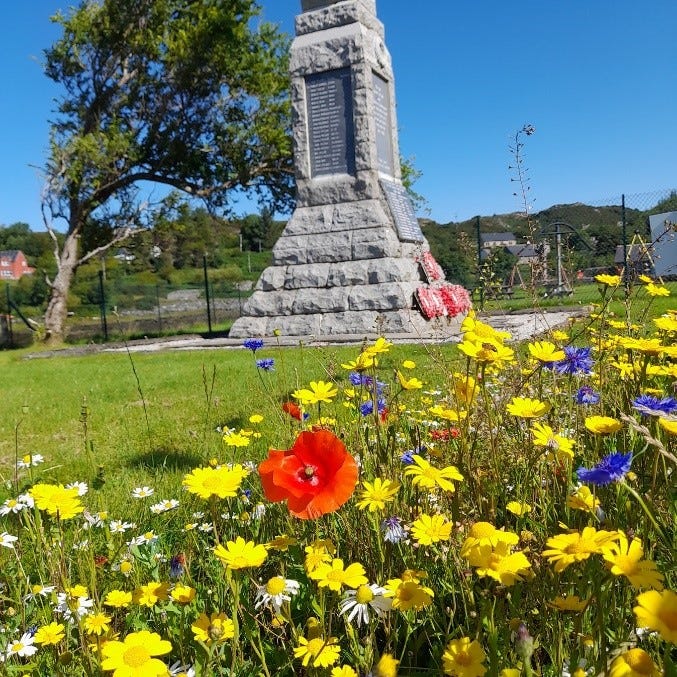
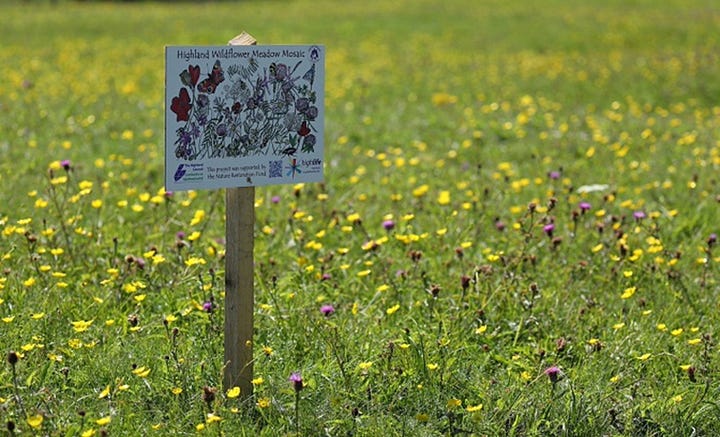
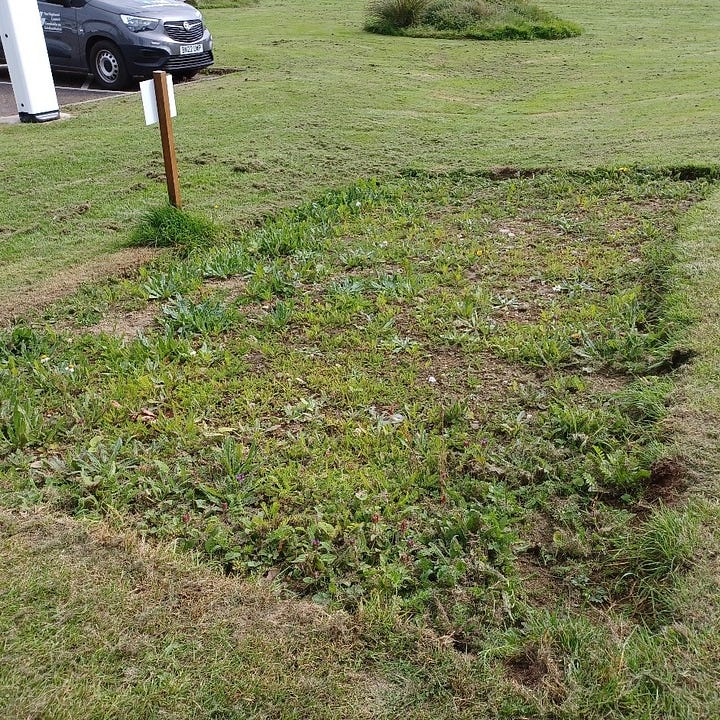
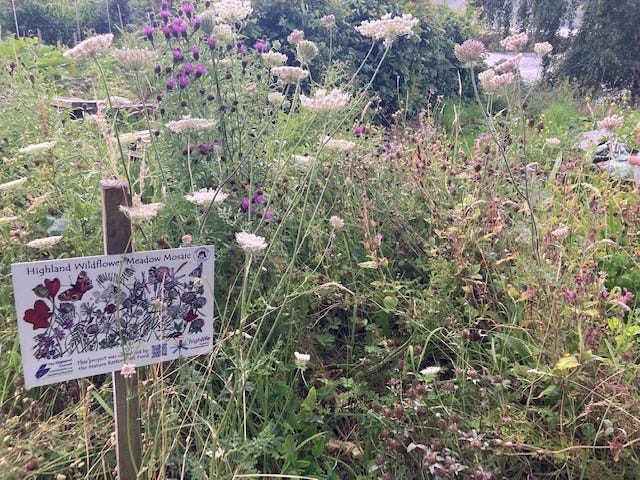
Unexpected Blossoms
While we anticipated some positive outcomes, several unexpected but welcome results emerged. The project not only enhanced environmental stewardship but also strengthened community bonds. Working together on a shared goal fostered a spirit of collaboration and unity.
The meadows have seen a noticeable increase in biodiversity, attracting a wider variety of pollinators and other wildlife than initially expected.
Schools and children have shown remarkable enthusiasm for the project, leading to the creation of additional meadows within school grounds and nurturing a new generation of conservationists.
An exciting feature of the Highland Wildflower Meadow Mosaic Project is the interactive meadow map, hosted on the Highland Environment Forum webpage. This map journals each wildflower site, providing detailed updates on their progress and development. Visitors can explore a rich photo library showcasing the vibrant diversity of our meadows, which will be expanded with new images this year. This visual and informational resource not only highlights the success stories of each site but also serves as an inspiration for others to join the movement and contribute to our growing network of biodiversity havens.
Looking to the Future
The Highland Wildflower Meadow Mosaic Project's success shows the potential of community-driven conservation efforts. Moving forward, our goals include slowly expanding the network of wildflower meadows, providing ongoing support and training for community volunteers, establishing long-term monitoring and maintenance plans, and seeking additional funding to sustain and grow the project.
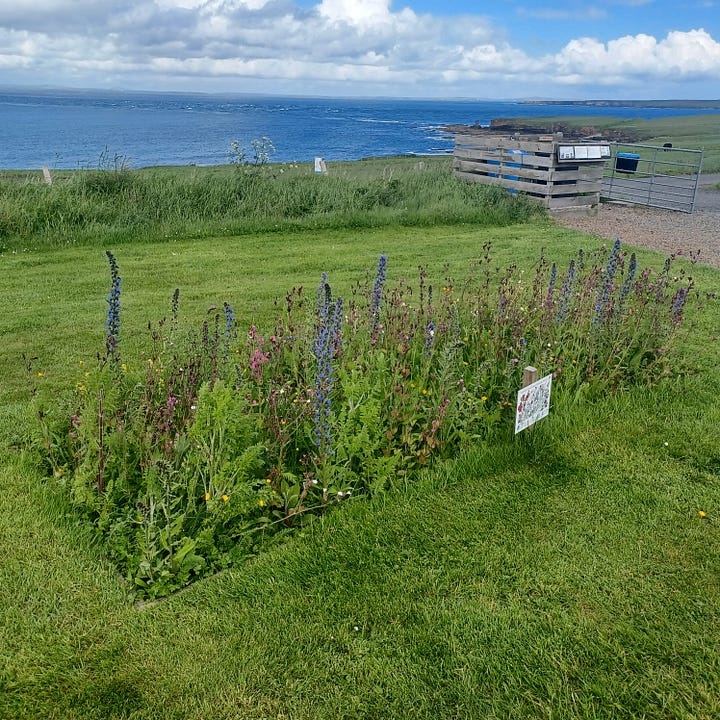

I was also excited to share detailed insights from the Highland Wildflower Meadow Mosaic Project at the Scottish Pollinator Conference in 2024, hosted by Nature.Scot.
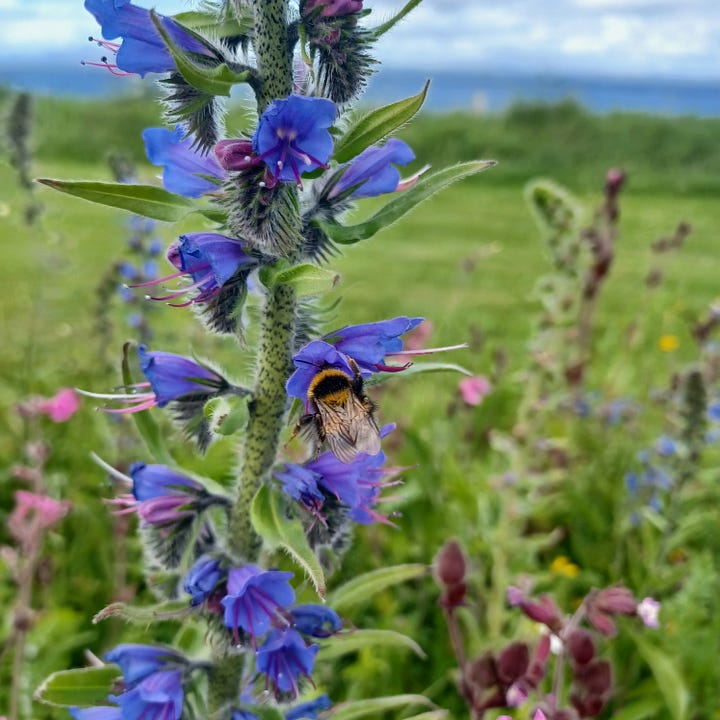
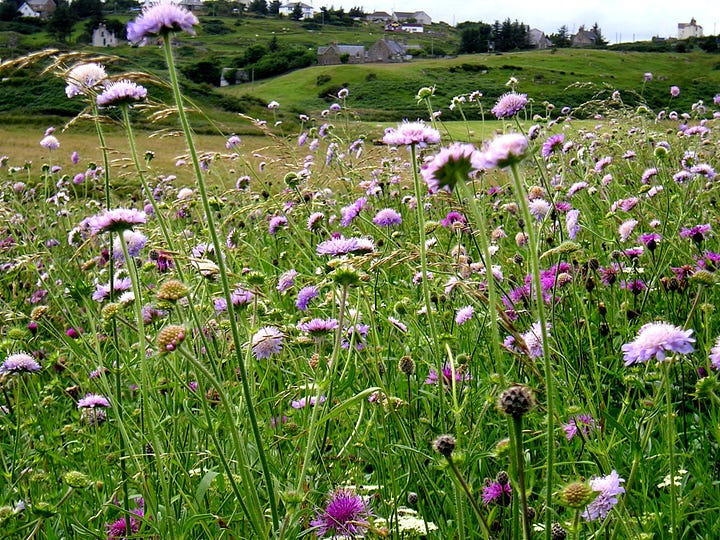
If you have a wildflower patch in your garden or community space, you can add it to our project map by messaging Caroline Vawdrey with a brief explanation, dates and species observed and add your garden to this growing network of biodiversity havens.
Let's continue to bloom together and create a vibrant, biodiverse future for our region and our planet!





